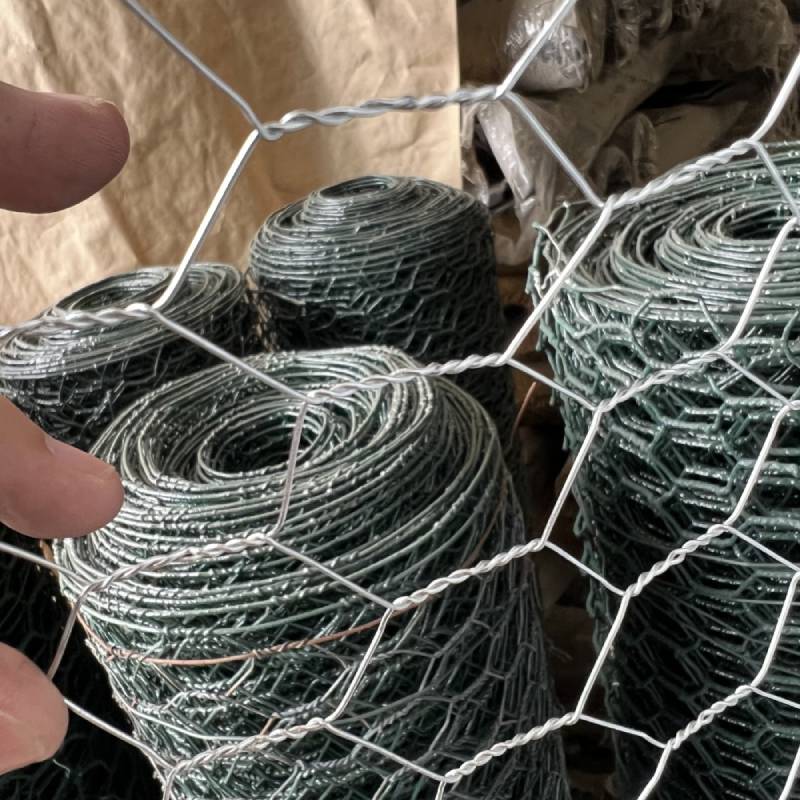Exploring the Benefits of Chain Link Fencing in Construction Projects
The Construction of Chain Link Fences A Comprehensive Overview
When it comes to fencing solutions, chain link fences stand out as one of the most popular choices for both residential and commercial properties. Their durability, cost-effectiveness, and easy installation make them a preferred option for many. This article explores the various aspects of chain link fence construction, including materials, design considerations, advantages, and maintenance.
Materials Used in Chain Link Fences
Chain link fences typically consist of galvanized steel wire, which is woven together to form a diamond pattern. The most common gauge of wire used ranges from 9 to 12, with a lower gauge number indicating a thicker wire. The posts and framework are often made of steel or aluminum, providing strength and support for the wire mesh.
Coating is another important feature, especially for outdoor installation. Many chain link fences come with a vinyl coating, available in various colors such as black, green, or brown, which enhances their appearance while also providing additional protection against corrosion. The choice of materials significantly affects both the durability and aesthetic appeal of the fence.
Design Considerations
When constructing a chain link fence, several design factors should be considered. Firstly, the height of the fence is crucial. Standard heights range from 3 feet to 12 feet, depending on the intended use. For instance, residential fences are typically around 4-6 feet tall, while security fences in commercial settings may need to reach at least 8 feet.
Another design element to consider is the spacing between the posts. In general, posts should be spaced 5 to 10 feet apart, depending on the fence's height and wire gauge. Proper spacing is essential for ensuring stability and strength.
Additionally, when planning the layout of your fence, you should account for terrain and obstructions such as trees or structures. A level and accessible area will provide the best foundation for installation.
construction chain link fence

Installation Process
The installation of a chain link fence can be accomplished with relative ease, either as a DIY project or by hiring a contractor. The process begins with marking the installation area. Following this, posts are set into the ground using concrete to provide stability.
After the posts are in place, the chain link fabric is stretched between the posts and secured with tension bands and ties. This process requires proper tensioning to avoid sagging or loose areas, which can detract from the fence's appearance and functionality.
Advantages of Chain Link Fences
One of the primary advantages of chain link fences is their affordability. Compared to wood or vinyl fences, chain link offers a lower upfront cost, making it an attractive option for budget-conscious consumers. Furthermore, their low maintenance requirements appeal to many property owners. Unlike wood fences that require regular staining or painting, chain link fences need only occasional cleaning and inspections for rust.
Another key benefit is visibility and ventilation. Unlike solid fences that block views, chain link fences allow for airflow and light, which can be essential for gardens or for maintaining the aesthetic of your property.
Maintenance of Chain Link Fences
Although chain link fences are known for their durability, periodic maintenance is still important. Regular inspections should be conducted to check for signs of rust or loose fittings. Applying a rust-resistant spray or paint can enhance the fence's lifespan, especially in areas with high humidity or salt exposure.
In conclusion, chain link fences offer an impressive combination of affordability, durability, and low maintenance, making them a valuable option for various applications. Whether for securing a backyard, enclosing a commercial property, or creating a boundary, understanding the construction and care involved in chain link fencing ensures that this solution meets your needs effectively.
-
Innovations in Razor Barbed Wire Design TechnologyNewsAug.11,2025
-
Roofing Nail Compatibility with Different Metal Roof TypesNewsAug.11,2025
-
Welded Wire Mesh for Rockfall Protection BarriersNewsAug.11,2025
-
Galvanized Wire Corrosion Resistance TestingNewsAug.11,2025
-
3D Fence Solutions Preventing Bird CollisionsNewsAug.11,2025
-
Using Chain Link Fence for Urban Garden SupportNewsAug.11,2025




